
Please select from the above menu for your information of interest.
This feature works best on computers using Google Chrome.
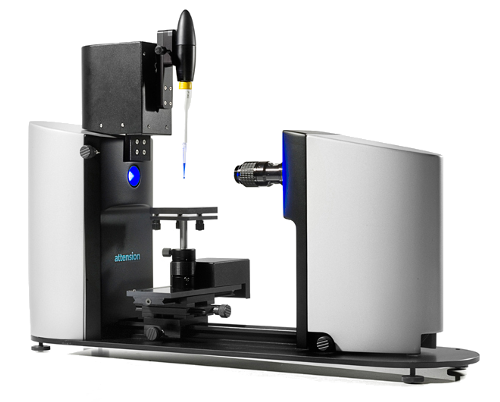
Biolin Attension Tensiometer
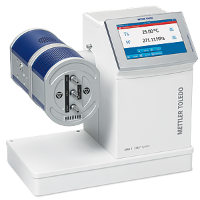
Mettler Toledo DMA 1
The Mettler Toledo DMA 1 system is a 10 N maximum environmental DMA capable of both strain and stress controlled sinusoidal loading. Conventional thermal-mechanical DMA and static mechanical testing can be done in atmospheric conditions from 25 to 600 degrees C. Submersion testing can be performed in a variety of solvent systems with bath controlled heating and cooling from -5 to 80 degrees C. Crash cooling liquid nitrogen allows the system to perform testing down to -190 degrees C.
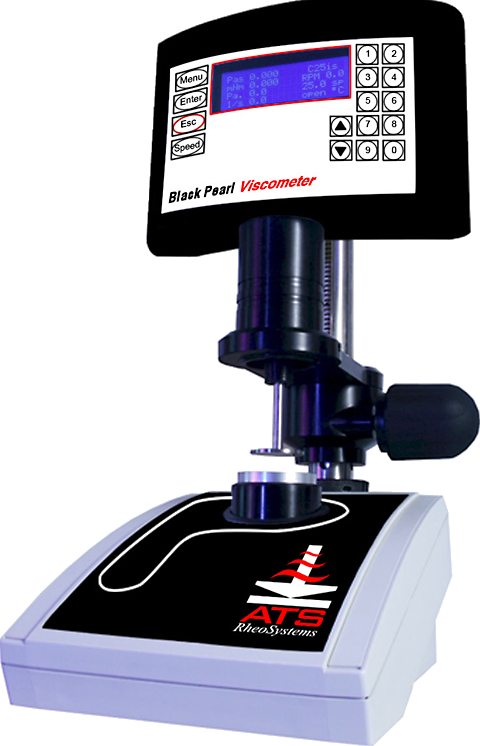
ATS Rheosystems Black Pearl Viscometer
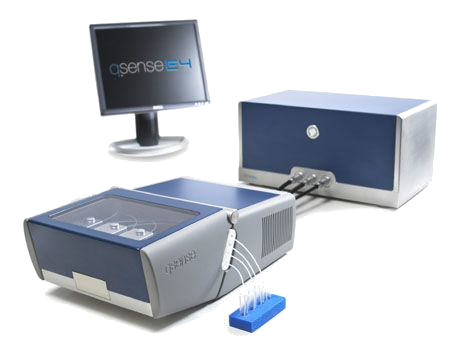
Biolin Q-Sense
The Biolin q-Sense QCM-D system provides detailed settlement information for applications like protein adhesion, adsorption and film growth applications. The dissipation functionality allows for mechanical assessment of systems which are responding dynamically.
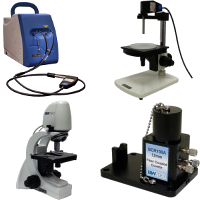
B&W Tek i-Raman system
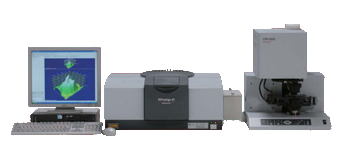
Shimadzu IR Prestige
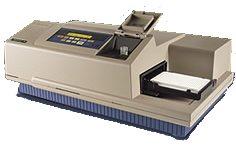
SpectraMax M5
BL2 Access Requirements
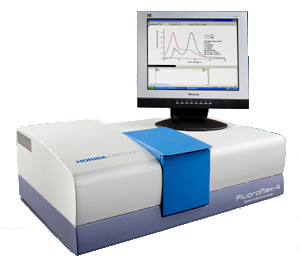
Horiba FluoroMax 4P Fluorometer
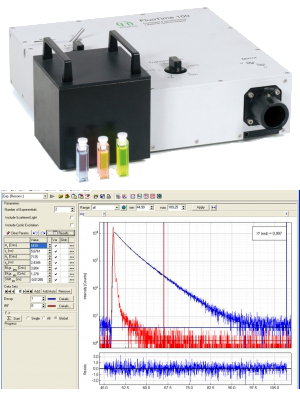
PicoQuant FluoTime 100
BL2 Access Requirements
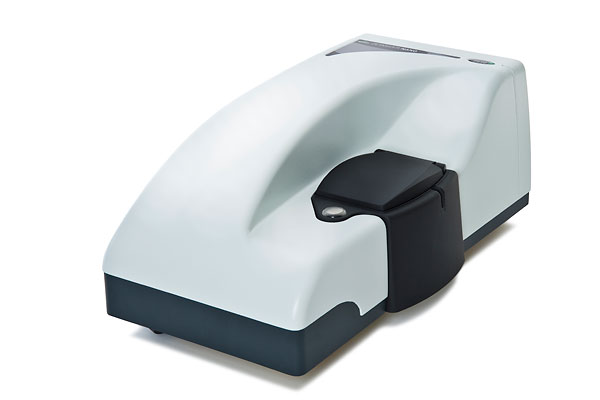
Zetasizer Nano ZS DLS
The Malvern Zetasizer Nano ZS uses photon correlation spectroscopy (PCS), which determines particle size by measuring the rate of fluctuations in laser light intensity scattered by particles as they diffuse through a fluid, for size analysis measurements and electrophoretic light scattering (ELS), which determines electrophoretic movement of charged particles under an applied electric field from the Doppler shift of scattered light, for zeta potential determination.
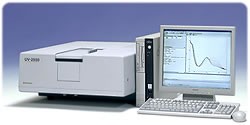
Shimadzu UV-2550
The Shimadzu UV-2550, with it's double-blazed grating, double monochomator design, provides a high-energy throughput optical system with ultra-low stray light. While featuring low stray light, excellent energy characteristics are provided over an extremely wide wavelength range (200 - 1100 nm), from the ultraviolet to visible, and into the near infrared for both liquid and solid samples.
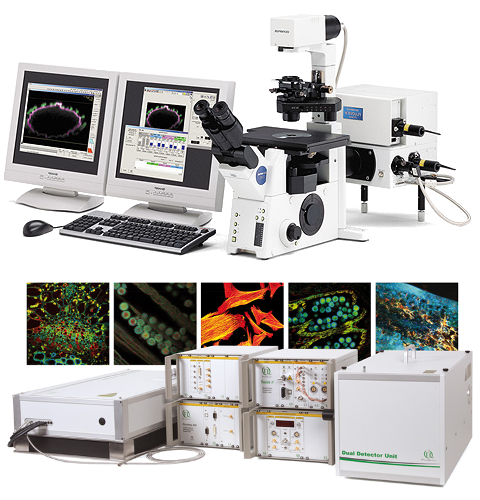
Olympus FV 1000 Confocal and Picoquant TCSPC Instrumentation
Both 405 nm and 640 nm pulsed laser sources allow for fluorescence lifetime imaging microscopy (FLIM) on the FV 1000 platform using a PicoQuant TCSPC FLIM add-on. Two detectors allow for two color FLIM or for anisotropy decay imaging (A-FLIM).
BL2 Access Requirements
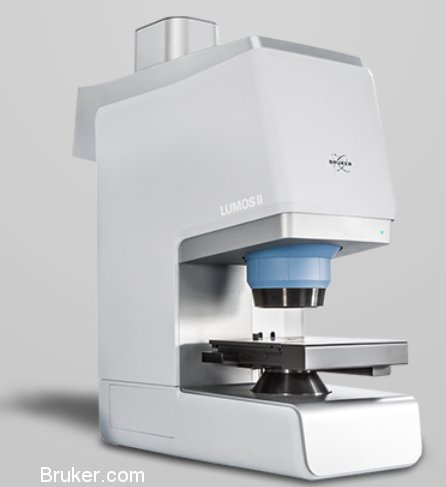
Bruker LUMOS II
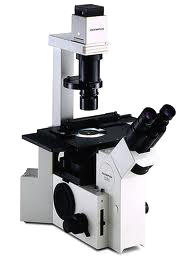
Wide field IX70